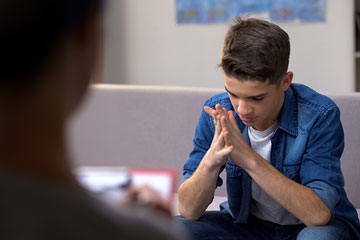We all know and have heard of cyberbullying, and we know that this is a threat to our children online. However, as parents we don’t tend to think about the flipside to this – could my child be a cyberbully?
We have spoken to children across Ireland about their behaviours online. When we ask a classroom “who here has done something online that your later regretted?”, the shocking truth is that multiple hands go up in the air. We speak to children about how this makes them feel; stressed, anxious and upset are the most common answers. Children can easily fall into the vicious circle of cyberbullying accidentally. If this happens to your child, they need support to get out.
At Chatbudi we have created three cyberbully character’s to help children and parents alike understand that cyberbullying comes in many shapes and forms. They three most common we come across are: Accidental, Angry and Real.
Accidental and angry cyberbullying behaviours are easy to fall into for children. They are participating in cyberbullying without actually being aware of the repercussions of their actions. It is important as parents that we educate our children to think before they post, so that they do not accidently hurt someone’s feelings online, or act out in the heat of the moment. We use the t-shirt rule at Chatbudi. If you wouldn’t print something on a t-shirt for all your friends and family to see and if you wouldn’t walk around town for strangers to read – then do not post it online.
The most harmful type of cyberbully is the ‘real cyberbully’. This is the cyberbully that engages with antisocial behaviour online out of boredom, malice or entertainment. This is the most damaging form of bullying and the least detectable. An example we have seen of this is a child setting up a false persona online of a child in their class and using it to chat to other children spreading rumours and posting embarrassing content.
Victims of the real cyberbully are extremely isolated and unlike traditional school yard bullying this vicious behaviour can follow them everywhere, and target them anytime on their smartphone or mobile device.
As parents, we must speak to our children about the feelings and emotions they have in their online world to protect them from becoming a victim of real cyberbullying. We must also prevent them from falling into the trap of accidental or angry cyberbullying.
We encourage children to use the ‘Stop, Block, Tell’ rule when they see cyberbullying online.
This ensures that the child does not engage in the bullying and that they tell a parent or adult they trust.
Chapter 3 of our e-book discusses cyberbullying in more depth and also answers frequently asked questions by parents on this issue. You can download it here today.






No Comments Yet